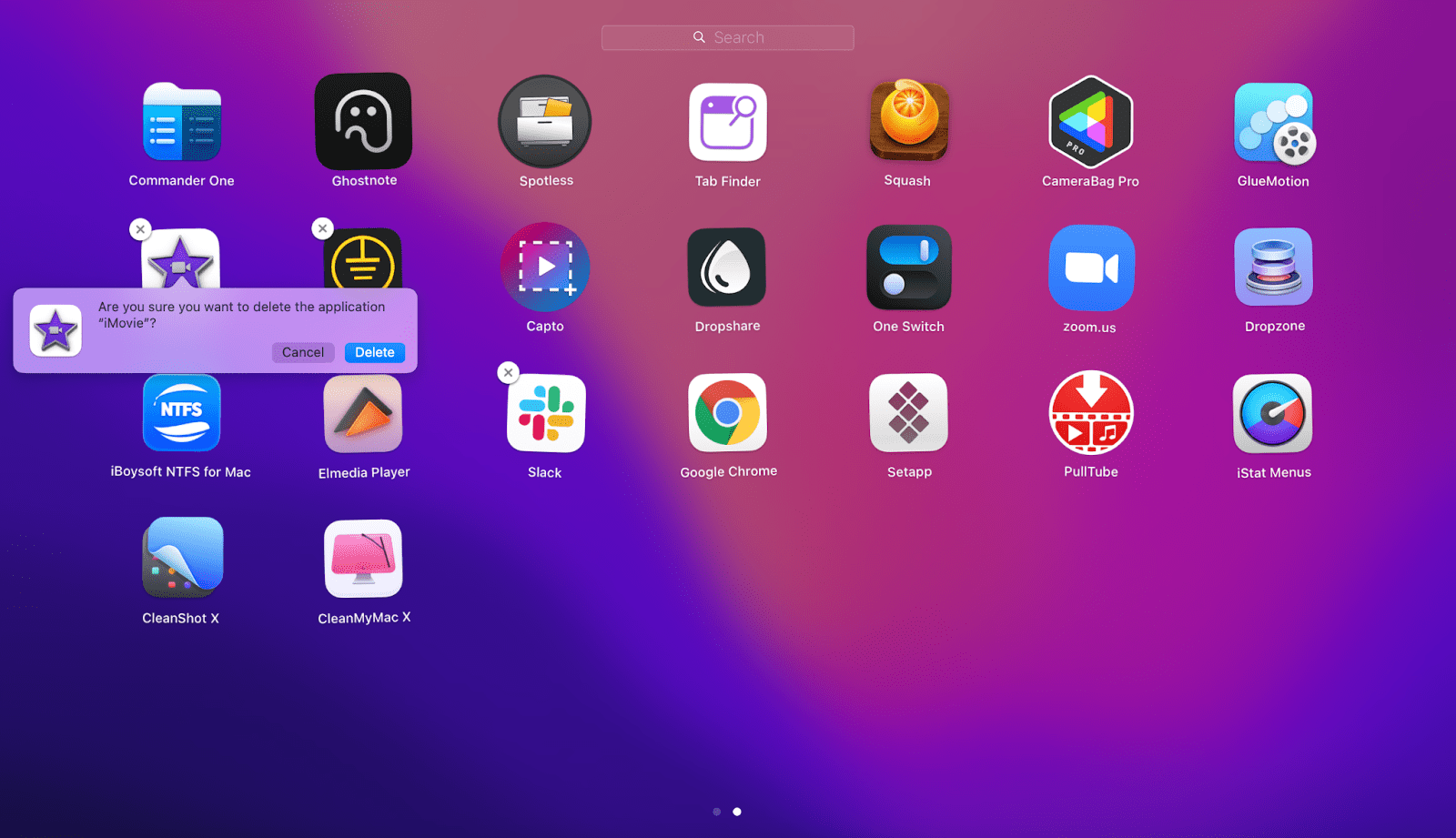

- #How to delete apps on mac that is running how to
- #How to delete apps on mac that is running install
- #How to delete apps on mac that is running update
To improve Mac performance, look no further! Here you will find proven and time-tested methods, as well as some exclusive tips on how to optimize all the processes and make your Apple computer run like on the first day you brought it home.

Why is this happening, what is making your Mac slow and what can you do about it? The following categories will tell you about best ways to speed up Mac. You may not notice it right away, but then the moment comes and you realize that your device is not as fast as it used to be. However, even Macs can get sluggish and “forgetful” as they age. These beautiful machines give us the best experience with their excellent trouble-free performance. To ensure system stability and minimize the chance of problems, perform the steps above in the order listed (quit using the app or menu bar, remove app from auto-launch, force quit from Activity Monitor) until you find one that works.Ībsent more complicated issues, such as locked or corrupted files, once the app and its processes are no longer running, you can delete it from your Mac or safely perform updates.How to Make Your Mac Run Faster and Increase its Speed | Make Mac Fast How to Make your Mac Run Faster? Why My Mac Is Running Slower Than It Should Select each one and press “Quit Process.”Īctivity Monitor will ask you if you’d like to “Quit” or “Force Quit.” Always try “Quit” first and, if that doesn’t work - if the app is frozen, for example - repeat the process and try “Force Quit.” Launch Activity Monitor from ~/Applications/Utilities and make sure the drop-down menu at the top of the window says “All Processes.” Next, use either the search box or browse the list alphabetically to find the process(es) associated with your app. From here, you’ll be able to delete the app, change its associated files, or perform an update.įinally, you can use Activity Monitor to kill pesky apps or processes that just won’t close. Now, just reboot your Mac and the application should not be running after the system logs you back in to your user account. Find your app in this list, select it, and press the minus button at the bottom of the list to prevent the app from automatically launching at boot. Select your user account from the list on the left and choose “Login Items” on the right. To prevent an app from auto-launching, go to System Preferences > Users & Groups. Next, if the app is automatically launched at startup, you can configure your Mac to not launch the app and then reboot to clear it away. Simply click the menu bar icon, then the settings gear, and choose “Quit Dropbox.” Look for similar options in other apps. If your app is a system utility that doesn’t have a front-end window, check for other ways to access the app’s settings, such as the menu bar.įor example, the file syncing and sharing app Dropbox uses a menu bar icon to provide access to the app’s settings as quit functions.
#How to delete apps on mac that is running update
Using Command + Tab, cycle through your open applications and quit the app you’re trying to update or remove along with any apps that might be associated with it. Many applications do this for you when you launch an update installer or uninstaller program, but if you’re stuck with an open process or app, here’s how to get rid of it.įirst, make sure that the application itself is closed.
#How to delete apps on mac that is running install
It’s true that, in general, you need to close or quit an application before you can install an update to it, modify its files, or remove it from your Mac.


 0 kommentar(er)
0 kommentar(er)
